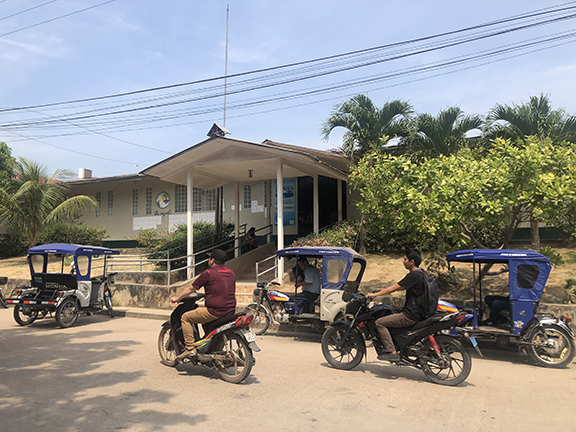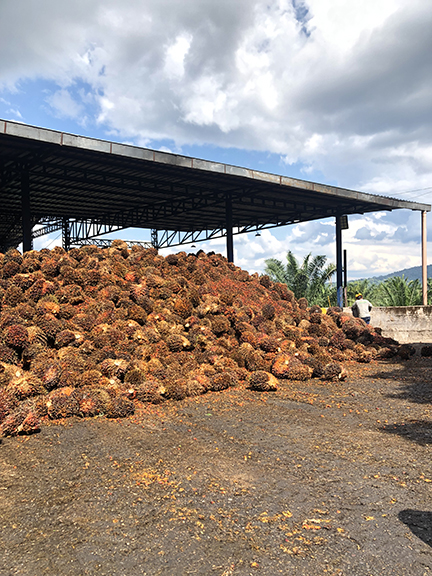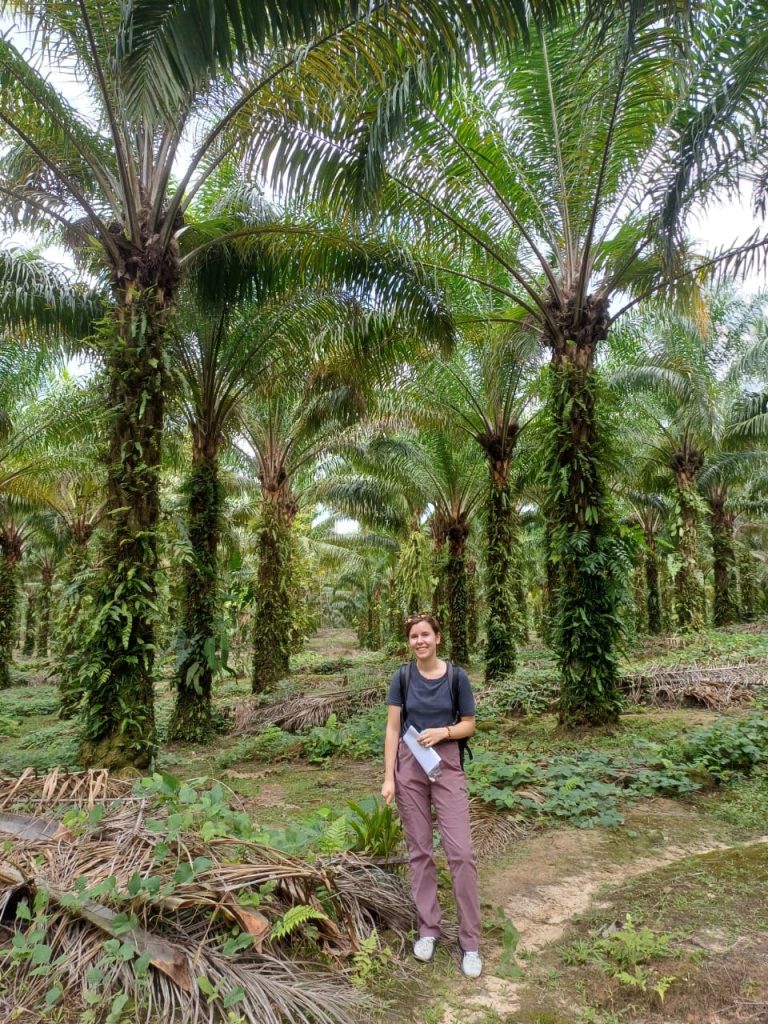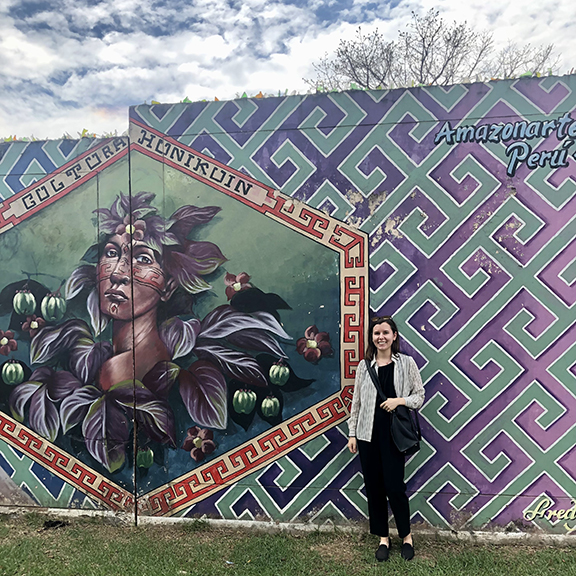Celeste Gunderson 2023 Field Report
My fieldwork began in Peru’s capital city in August 2023. I spent the first few days in Lima connecting with experts from various environmental organizations, including Sociedad Peruana de Derecho Ambiental, CIFOR-ICRAF, Solidaridad, Conservation International, and Earth Innovation Institute. During these initial interviews, I gained new insights into the current context of oil palm in Peru and gathered contacts for the next stage of my fieldwork in the department of Ucayali.

I then traveled to the regional capital of Pucallpa in Ucayali, where I stayed for three weeks. In Pucallpa, I talked with experts and professionals from the regional government, environmental NGOs, and smallholder oil palm associations. During semi-structured interviews, I shared preliminary results from my GIS analysis describing the expansion of oil palm and associated deforestation in the department of Ucayali and asked for feedback interpreting the trends. Through the interviews, I learned about efforts by the regional government to guide the expansion of agriculture in the department through the Zonificación Ecológica Económic, the process of certification with the Roundtable of Sustainable Palm Oil (RSPO), and current challenges facing the sector. I also received input on the methods, data, and ideas for future analyses, feedback which will help me move forward with my thesis.

In addition to conducting interviews in Pucallpa, I toured two oil palm processing mills run by smallholder associations in the towns of Aguaytía and Neshuya. While in Aguaytía, I also visited an oil palm plantation managed by a woman and her daughter, members of the smallholder association Asociación de Palmicultores de Shambillo (ASPASH). Members work with the association to improve yields and undergo RSPO certification through a High Carbon Content and High Conservation Value (HCC/HCV) assessment of their parcel. During these visits, I learned how oil palm is grown, harvested, transported to processing facilities, and how the oil is extracted from the palm fruit. Driving along the Federico Basadre highway in the countryside of Ucayali and seeing the plantation and mills was a great way to contextualize my research, see the processes on the ground which I had previously studied from images and maps, and add individual faces to farmers and technicians involved in the oil palm sector.

Lastly, when I returned to Lima during my last week in Peru, I talked with officials from national government offices, including the National Forestry and Wildlife Service (SERFOR) and the Ministry of Agriculture. During these interviews, I learned about the role of the national government in regulating oil palm expansion through environmental certifications of new projects and the classification of land for agriculture under the Best Land Use Capacity (BLUC) framework. I also gave a short presentation to staff in the SERFOR office about my GIS analysis comparing oil palm expansion and deforestation on parcels owned by smallholders and private oil palm companies. This was a great opportunity to share my work with professionals directly involved in shaping policy decisions around the environment and receive more feedback.
I used CLAG funds throughout my travels to help pay for transportation around Lima and Pucallpa, such as between meetings in government and nonprofit offices, and meals for all four weeks. The grant also helped cover the miscellaneous expenses of field work, including a cell phone service plan, allowing me to safely move through Peru and communicate with my contacts. I am grateful to CLAG for their support. The experience was not only integral to the development of my thesis, but also allowed me to develop new skills in field research.
Please see the full report here.



















